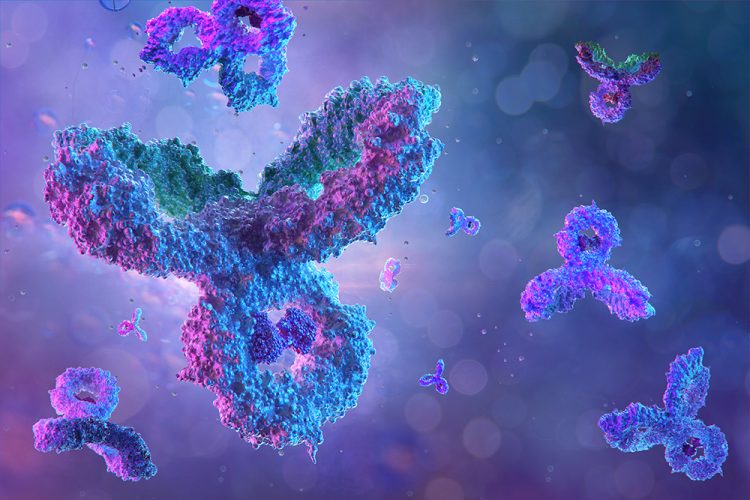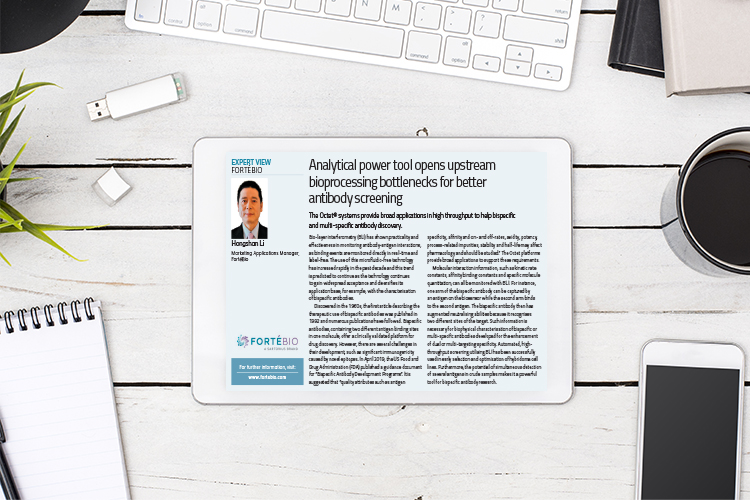Flow cytometry in neglected tropical diseases – a focus on leishmaniasis
The World Health Organization (WHO) identifies leishmaniasis as a neglected tropical disease for which new treatments are vitally needed. Leishmaniasis primarily affects people in South America, East Africa and Asia, especially those weakened by malnutrition and poverty. To help those with this disfiguring and potentially life-threatening parasitic disease, the European…























